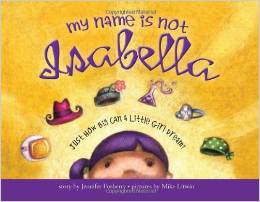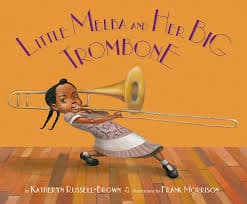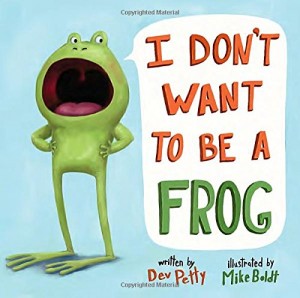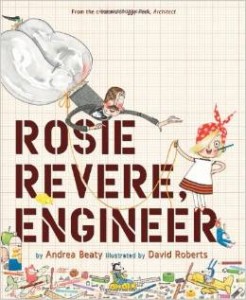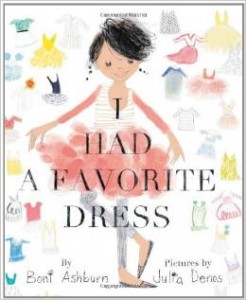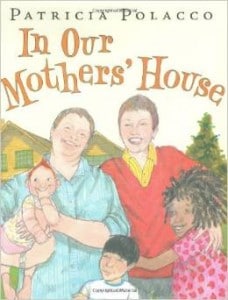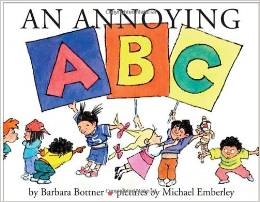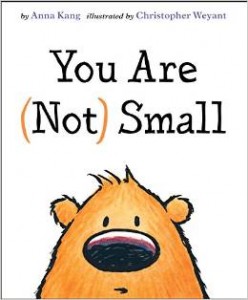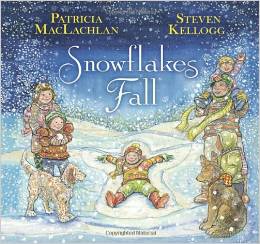In My Name Is Not Isabella, one little girl’s imagination runs wild in a delightful game of pretend. Author Jennifer Fosberry introduces readers to a variety of history-making women through Isabella’s role play. Isabella’s mother encourages explorations as she pretends to be an astronaut (Sally Ride,) a sharpshooter (Annie Oakley,) an activist (Rosa Parks,) a scientist (Marie Curie,) a physician ( Elizabeth Blackwell,) and a mother. Mike Litwin’s illustrations have a quirky and charming cartoon style that perfectly compliment the lighthearted story. At the end of the story, the author includes brief biographical notes about these “women who changed the world.”
This book offers a wonderful spark for readers to “play pretend” and imagine themselves growing up to be a variety of people. It ends on a perfect note of self-acceptance as Isabella announces “‘It’s me, Isabella, the sweetest, kindest, smartest, bravest, fastest, toughest, greatest girl that ever was,’ …as she fell asleep and dreamed about who she would be…tomorrow.”
The story lends itself to conversations about all the different roles your child might imagine. Parents can share their memories of childhood dreams as well as any current ones that inspire them. Enjoy the imaginary journey and encourage even the most outrageous goals. This is the time for unbridled fantasies. Practicalities will come all too soon.
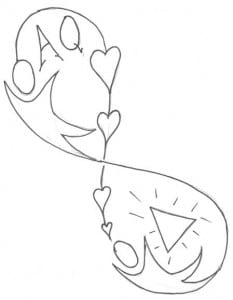
When we use our AQ* (adoption-attuned) lens we can see how well this story aligns with our children’s task of braiding their multi-stranded elements of biological and adoptive family’s influences. Isabella realizes that she does not have to choose only one aspect of her dreams. She can incorporate every angle of her personality to become herself. So too, our children are a mixture of many “ingredients” that blend to become a complex and special recipe. In some ways, they are like us as. In other ways they are not. As parents we choose to be intentional in conveying both acceptance and delight for the similarities and their differences.


